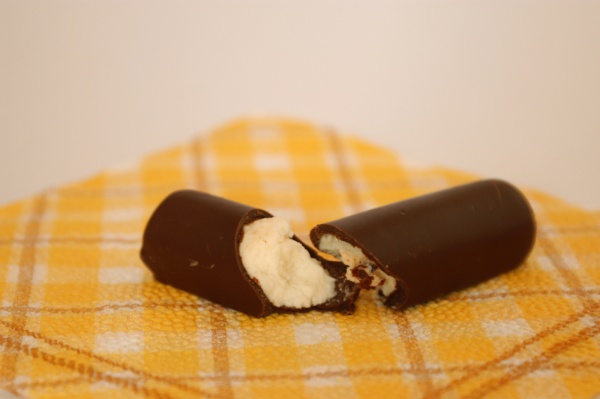Facts About Túró Rudi
Túró Rudi is a cherished Hungarian snack that has been delighting taste buds since 1968. This delectable treat features a creamy curd filling encased in a rich chocolate coating. The name "Rudi" derives from the Hungarian word for "rod" or "bar" aptly describing its shape. While the plain version remains the most popular, Túró Rudi is available in a variety of flavors and sizes. Its distinctive polka-dot design makes it easily recognizable on store shelves.
The origins of Túró Rudi can be traced back to a similar Russian snack called Syrok. The concept was introduced to Hungary after a visit to the Soviet Union, leading to the creation and production of Túró Rudi. Despite some initial controversy over its name, the snack quickly gained popularity in the 1970s and began being produced in multiple factories.
Over time, different manufacturers have put their own spin on Túró Rudi, creating various versions of the snack. Initially marketed as a healthy dessert, it later faced scrutiny due to concerns about trans fats in its chocolate coating. However, fans of Túró Rudi argue that enjoying it in moderation is no worse than indulging in other sweets.
The popularity of Túró Rudi has even crossed borders, with versions being produced in countries like Austria, China, Poland, Russia, and Japan. These international variations often feature different coatings and flavors to cater to local tastes. Túró Rudi has also made its way into popular culture, appearing in children's books and music.

 Croatia
Croatia